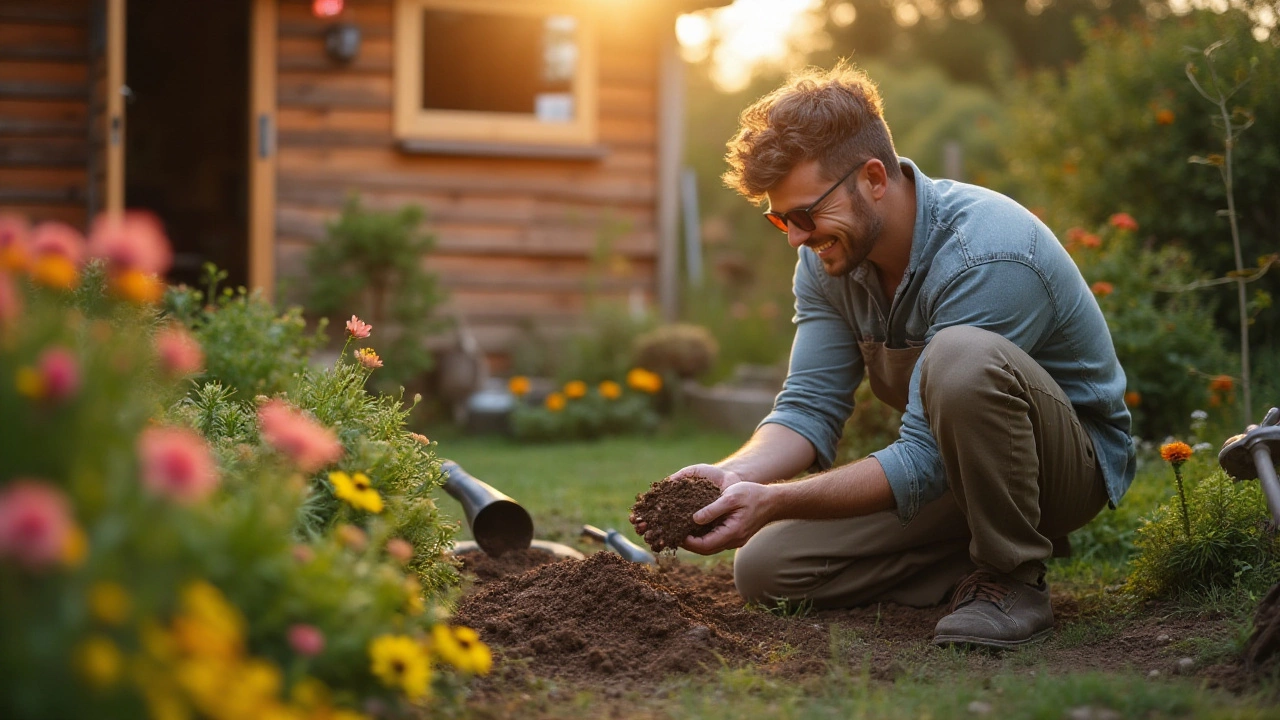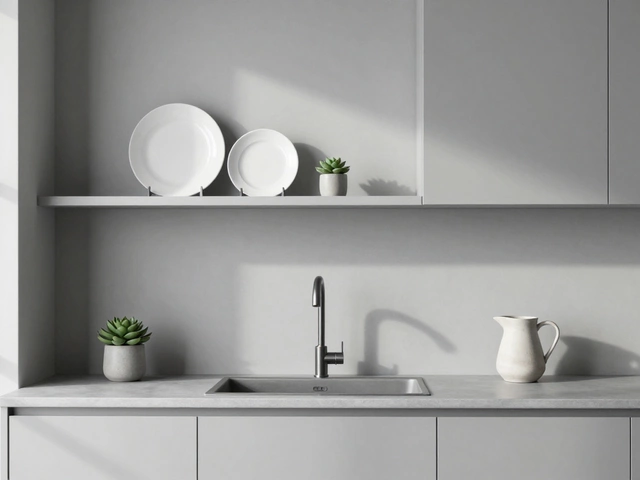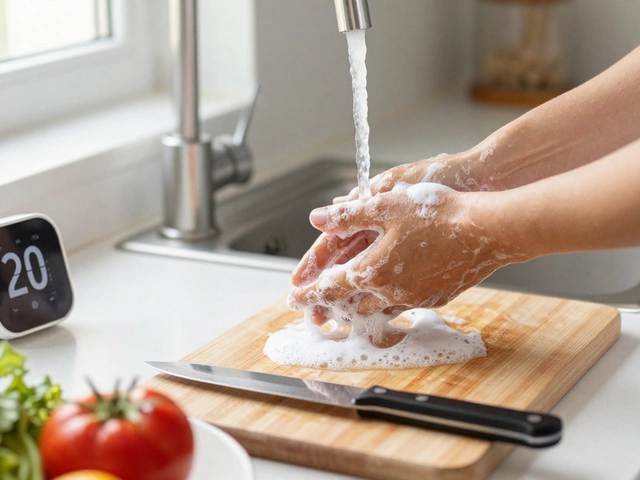Starting a garden can be an exciting yet daunting task. The allure of fresh blooms or the taste of homegrown veggies is irresistible, but before you sink a trowel into the earth, preparation is key. As any seasoned gardener will tell you, the success of your garden greatly depends on the groundwork you lay beforehand.
Approaching your planting project with careful thought and a plan can make the difference between a bountiful harvest and a season of disappointment. From understanding the nature of your soil to drawing up the perfect layout for your garden, taking it one step at a time leads to more than just flourishing plants. It's about creating a serene sanctuary, a place where you can connect with nature right in your own backyard.
- Understanding Your Soil
- Planning Your Garden Layout
- Choosing the Right Plants
- Gathering Essential Tools
Understanding Your Soil
When embarking on the gardening journey, the first interaction you have is with the soil beneath your feet. This silent partner in gardening provides the foundation for all your plants, influencing their ability to thrive or struggle. Recognizing the type, quality, and uniqueness of your soil is essential, as it determines what kinds of plants will do well. The soil is a complex ecosystem of minerals, organic matter, and living organisms. It's these components that facilitate the transfer of nutrients, maintain plant health, and ensure the garden's prosperity.
To start, a fundamental step in soil analysis is to perform a simple texture test. This test helps you determine whether your soil is sandy, loamy, or clay-heavy. To do this, take a small handful of moist soil and gently squeeze it in your hand. Clay soils will form a tight ball, sandy soils will fall apart, and loamy soils will hold together yet crumble with ease. Each type has its characteristics: sandy soils drain quickly and warm up fast, clay soils retain moisture but can be heavy and slow to dry, while loamy soils offer the ideal balance of drainage and nutrient retention.
“The soil is, with respect to the world view of the farmer, absolutely continuous with the farmer's mind.” — Wendell Berry, writer and environmental activist.
Another important aspect of understanding your soil involves its pH level, which can significantly impact plant health and growth. Most garden plants prefer a soil pH ranging from 6.0 to 7.5. Testing your soil's pH can be accomplished via home testing kits or sending samples to a local agricultural extension. Knowing whether your soil is acidic or alkaline will help you amend it appropriately, ensuring that the plants absorb nutrients efficiently.
| Soil Type | Texture | Water Retention |
|---|---|---|
| Sandy | Coarse and gritty | Low |
| Loamy | Soft and crumbly | Moderate |
| Clay | Sticky and smooth | High |
Improving the soil is often necessary to create an optimal growing environment. Adding organic matter, such as compost or well-rotted manure, can improve both the structure and fertility of any soil type. This addition helps to increase microbial activity, which is pivotal for releasing nutrients into forms that plants can utilize. Keep in mind that the soil’s needs can change over time, so regular testing and amendment might be required to maintain its health.
Lastly, consider the life present within your garden's soil, as healthy soil teems with earthworms, microbes, and fungi that assist in nutrient cycling. Embracing methods such as crop rotation and cover cropping can support this natural community, encouraging a more vibrant and resilient garden. It's these subterranean allies that, when nurtured, work tirelessly to sustain an abundant garden year after year.
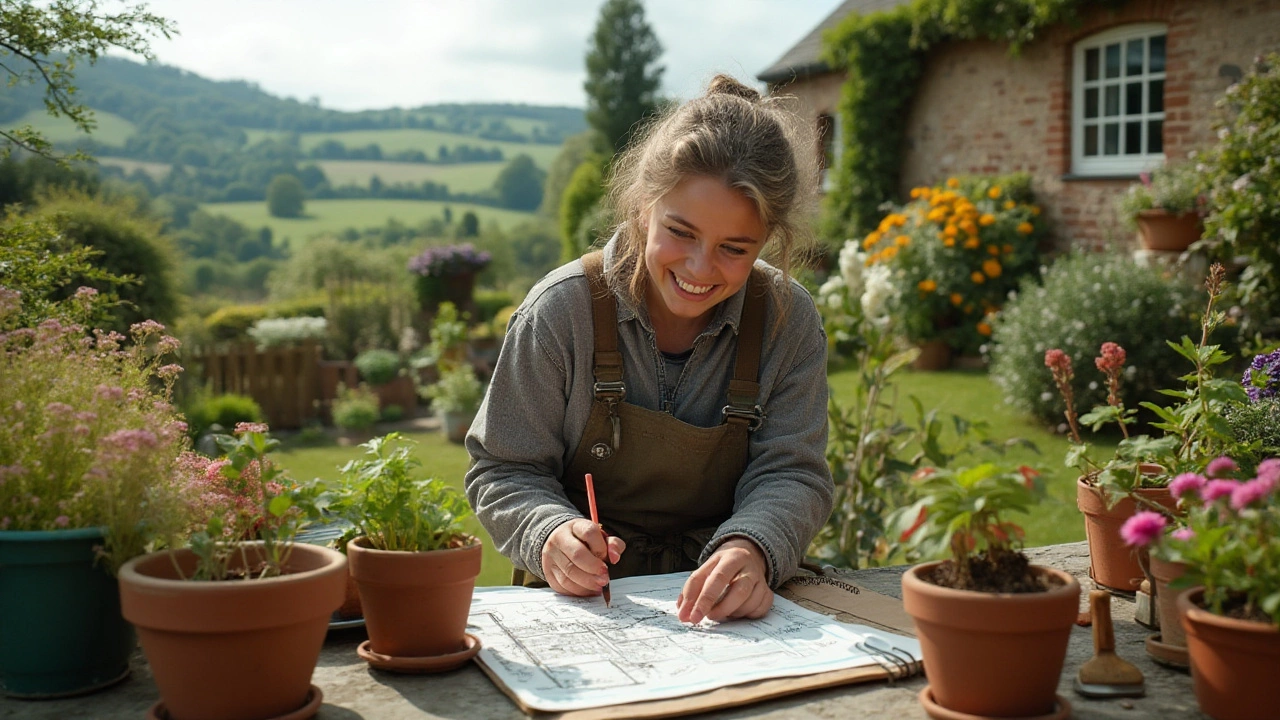
Planning Your Garden Layout
Designing your garden's layout is much more than deciding where to place a few plants. It's a creative process that aligns both your functional needs and aesthetic desires. To start, consider the size of your garden plot. Knowing the dimensions enables you to visualize where each element will fit best. A small space doesn't limit your options; instead, it demands creativity, such as vertical gardening techniques. Larger plots offer more flexibility, but also require thoughtful planning to avoid clutter and chaos.
Begin by mapping out your potential garden spaces, perhaps using graph paper or a digital tool. This helps in plotting the location of each plant, ensuring adequate spacing for growth while maintaining a pleasing look. Include areas where you might want a seating area, paths, or perhaps even a water feature. Thinking about future changes or expansions is also wise; even if you're not planning it immediately, allowing for expansion options will save you time in the future.
“Gardens are not made by singing 'Oh, how beautiful,' and sitting in the shade.” – Rudyard Kipling
Consider natural elements such as sunlight patterns and wind directions when planning your layout. Most plants require ample sunlight, so observe which parts of your garden receive the most light throughout the day. A north-facing garden can have different lighting conditions compared to a south-facing one. Thus, plant tall crops like corn or trellised tomatoes on the north side to prevent shading smaller plants. Also, account for wind patterns to protect delicate plants or to keep your greenhouse from overheating.
Organizing your planting in rows or staggered blocks can aid in maximizing the use of open space. If you're keen on companion planting, which involves growing complementary plants together to boost growth and deter pests, then you'll need to deliberately plan which plants will neighbor each other. Resources such as gardening software or local horticultural advice can provide insights specific to your region's climate and soil type. Including a blend of perennials and annuals can add year-round interest and require less replanting seasonally.
Incorporating Structures
Structures like trellises, fences, or pergolas serve not just to support plants, but also contribute to the garden's ambiance. They help frame sections of the garden, organize space, and guide foot traffic. When planning the layout, think about how these features will interact with your plant choices. A beautifully placed archway or rustic fence can become a focal point in the garden.
An eco-friendly garden can also include space for composting or rain harvesting. These practices align with sustainable gardening by reducing waste and water usage, adding another dimension of planning to your layout. Balancing both form and function in your garden design ensures that it becomes a sustainable, lively space that delights every season.
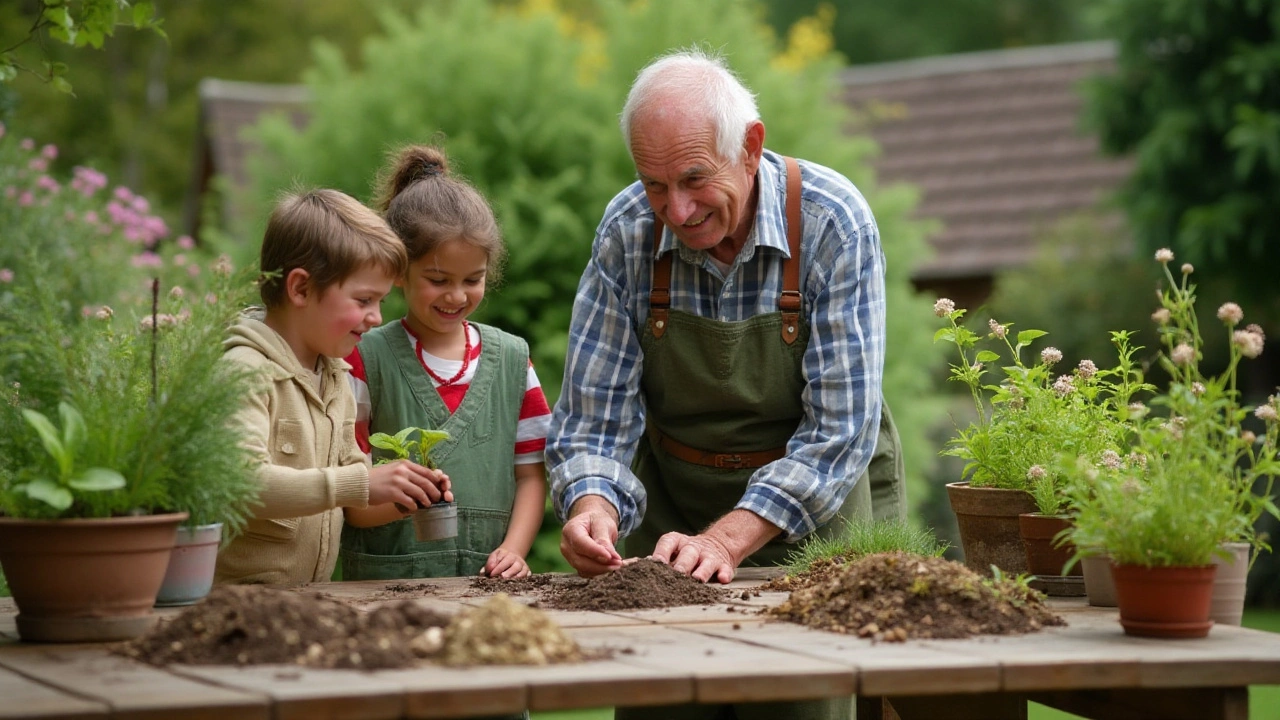
Choosing the Right Plants
When it comes to creating a flourishing garden, selecting the right plants for your environment is as crucial as the soil they grow in. Every plant has its own unique set of needs in terms of sunlight, water, soil type, and temperature. Understanding these requirements will set the stage for a successful growth cycle. Start by analyzing the climate of your area. Some plants thrive in cooler temperatures, while others are sun worshippers, basking in the long days of summer. Perennials like lavender can handle the scorching sun, while a delicate plant such as a fern prefers the cooler, shaded areas. Research which gardening zone you fall into, as this will dictate which plants will survive your local seasons.
Mary Lennox, noted horticulturalist, once said, "A plant's health and beauty are the gifts of care and right placement."
In addition to climate considerations, think about your garden's microclimates. These are smaller pockets within your garden that may experience more sunlight, shade, wind, or moisture than the rest of your space. For instance, the area along a wall might retain more heat, supporting plants that enjoy warmth, such as succulents or rosemary. Alternatively, a lower-lying spot where water tends to accumulate after a rain shower could be perfect for moisture-loving plants like willows or sedges. Take a stroll through your garden at different times of the day and observe these variations. This mindfulness helps in choosing plants that match each spot's conditions, ensuring they thrive without excessive intervention.
Don't forget about plant companionship as you design your plant list. Some plants fare better when grown alongside specific partners. This is known as companion planting. For example, planting basil next to tomatoes can improve both the tomato's flavor and growth rate, while simultaneously deterring pest insects like the tomato hornworm. On the flip side, garlic planted near roses can repel aphids naturally, reducing the need for chemical interventions. Consider a mixture of complementary species that boost each other's growth and health. This strategy, used for centuries by experienced gardeners, is environmentally friendly and effective.
If you're new to gardening, it might be tempting to start with exotic species you're unfamiliar with. However, beginning with native plants is often a wise decision. These hardy plants are already adapted to local soil and climate conditions and support local wildlife. Not only are natives easier to maintain, but they also contribute positively to the local ecosystem, providing food and habitat for butterflies, bees, and birds. In worst-case scenarios, a resilient crop can withstand erratic weather patterns better than exotic strains, offering peace of mind as you learn the ropes of gardening.
As a final touch, envision the type of garden you'd like to have. Is your dream garden a riot of color throughout the seasons? Consider rotating blooms like tulips for spring, dahlias for summer, and hardy mums for fall. If culinary delights inspire you, then an herb and vegetable garden would feature prominently on your list, with staples such as basil, oregano, and tomatoes taking center stage. If you favor tranquility, ornamental grasses or a rock garden might better suit your needs. Take time to let your imagination cultivate what you desire in your outdoor space.
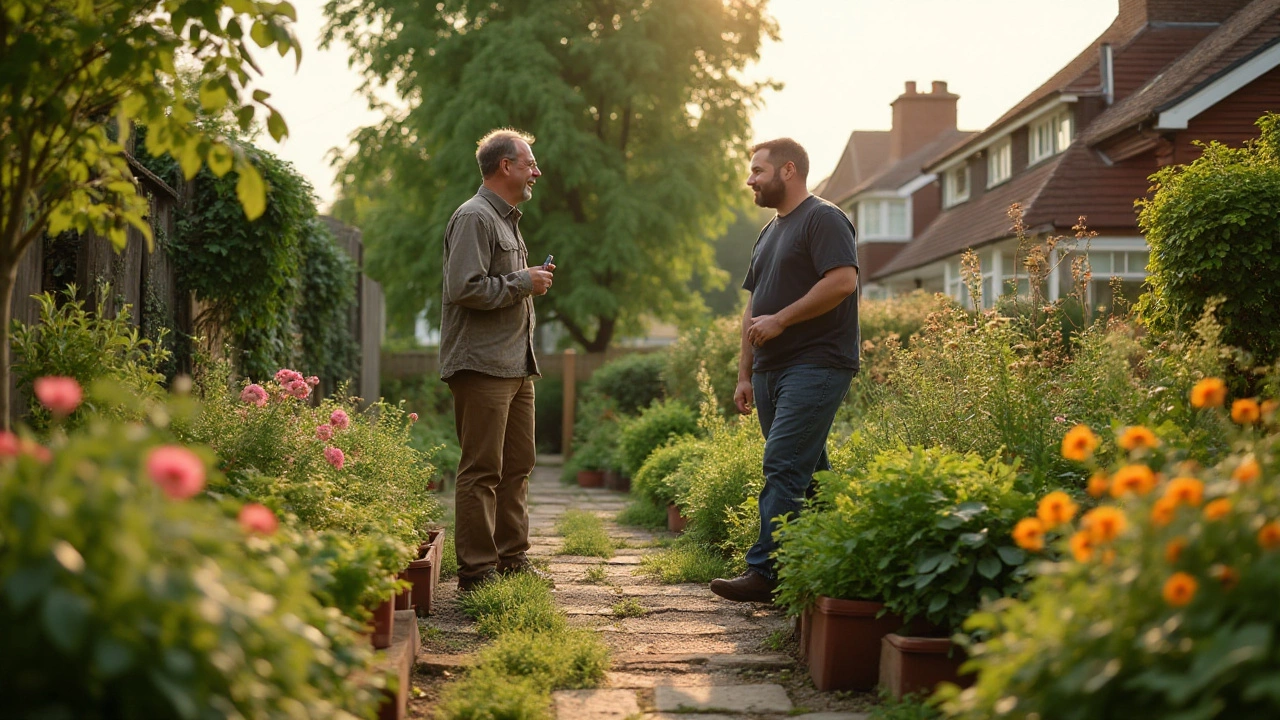
Gathering Essential Tools
Embarking on a gardening adventure requires more than just enthusiasm; it calls for the right tools to nurture your plants from seed to full bloom. Having the right equipment on hand can make all the difference in your gardening journey. You'll want to invest in tools that are not only functional but also durable enough to withstand the seasonal challenges. Start your collection with essentials like a sturdy trowel for digging and transplanting, a spade for heftier soil tasks, and a hoe to keep those pesky weeds in check.
A reliable pair of gardening gloves is a must-have to protect your hands from thorns and blisters. High-quality gloves will make handling rough stems and prickly plants much more comfortable. Don't forget a watering can or a hose with an adjustable nozzle – ensuring your plants receive the right amount of water is crucial for their growth and vitality. If you're aiming for precision, consider investing in a moisture meter; it helps you gauge the moisture content in your soil, preventing over or under-watering.
Tools for Healthy Soil
The health of your soil is the backbone of a thriving garden, making tools like a soil fork indispensable for aerating and turning the soil. Consider a soil testing kit to be an essential component of your gardening toolkit. These kits help you measure pH levels and identify primary nutrient composition. A healthy balance can make all the difference to your plants. An often overlooked, yet highly useful tool is the garden rake, which helps in leveling soil in preparation for seeds and removing debris.
One might ponder over the precision of pruners and loppers. These tools will ensure that your plants stay healthy and look their best by removing any dead or overgrown stems. As the British writer and avid gardener Gertrude Jekyll once said,
"There are no gardening mistakes, only experiments."Embrace this mindset, experiment with your tools, and find what works best for you and your garden's unique needs.
Safety Gear and Extras
Safety should always be a priority, so don't forget your protective eye wear and sun hats. While they might not be the first tools you think of, they ensure you enjoy your gardening for years to come without compromising your health. Bringing technology into your garden might not be mandatory, but tools like a plant identification app or a portable weather station can enhance your gardening skills significantly. Perhaps even find a comfortable kneeling pad or bench; gardening should be an enjoyable experience, not a painful one.
Creating and maintaining your own garden is a task filled with joy and plenty of hard work. With the right gardening tips and necessary tools, you can transform your patch of earth into a thriving landscape. Step into this rewarding endeavor fully prepared, and the fruits (and flowers) of your labor will surely follow!

